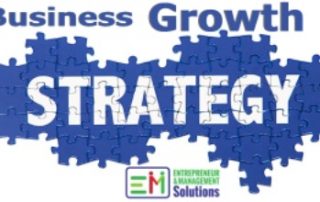Business Growth Strategy IV – Process and Profit
We conclude this series this week with a look at two areas of business that are often ignored by entrepreneurs: the processes and the profits.
Most small businesses are started by one person or a small team. As the business grows, processes are generated on the fly and often made up when and where needed. This is great as it supports the entrepreneurial mindset and fast-growing nature of the business. But as things develop and other people join the team, they are left alone and often confused about what to do when and by whom. They refer things back to the original owners, who then just do things themselves, mostly because it will take too long to explain things to others and get them to do it, so they take it upon themselves to do it. Faster, easier and cheaper – Yes? Well actually NO.
Developing strategy for your internal processes is key to the development of any business from craft to enterprise. A clear set of processes that can be found and followed by anyone within the business and any new staff member, is key to growth. It also gives a sense of assurance to the business owners that things will be done and done according to the process.
Developing processes is also the key to creating internal models, frameworks and procedures that could be converted into sellable products in the future. A lot of what we coach our clients today started out as an internal process that developed into a workable model, workshop, coaching tool and online course.
The strategy around profit is just as important to the sustainability or your business. Turnover for any small business is the first measurement that we look at; but very soon, this needs to be expanded to include accounting items such as the cost of sales, expenses leading to gross and net profit. The big step for most business owners is to go from a cash business to one with proper accounting processes and reporting. It is also key to, as soon as possible separate the business money from personal money and then begin to manage the business based on profit, not turnover.
These and others we will unpack a bit more in the webinar on Wednesday. Join us HERE to be part of the live class or to watch the recorded version later.



